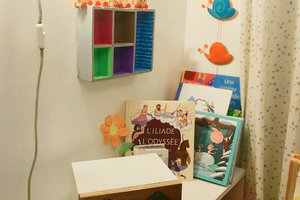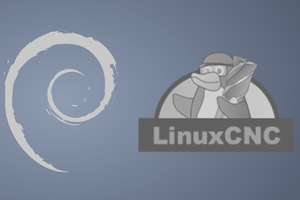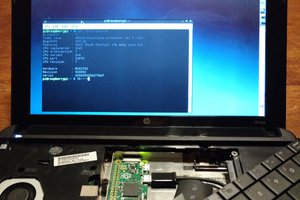I have hacked my own Rasbpbian images since february 2013. It is embedded in #Rosace, #SPI Flasher, #Mons2015 LED Screen ElectroSuper and several other projects!
Now it's time to make my methods public, yet without my personal, custom and project-specific files. You can save precious hours when you start your next project by following my logs, executing my scripts or even by downloading the resulting image. It provides some interesting benefits such as
- Booting in read-only mode to avoid Flash wear or filesystem corruption (log in to switch to read-write mode)
- Increasing room on the memory card (only 520MB occupied instead of ... OMG). A smaller footprint means you can use a smaller (cheaper!) memory card, or you can store more useful data.
- Better real-time behaviour (less deamons started)
You should be able to modify the parameters: aptitude is still installed and networking is operational so you can (re)download the packages you need.
Logs:
1. First revision... or so
2. Gotta script'em all!
3. SD card size question
4. Bloatwar(e)
5. Partial release
6. Other configuration tips from ALSA
7. And...
8. Raspbian in 2017
 Yann Guidon / YGDES
Yann Guidon / YGDES





 naguirre
naguirre
 Greg Duckworth
Greg Duckworth
my friend just installs Jessie ARM build straight to his pi via net install, but this was on RPi2